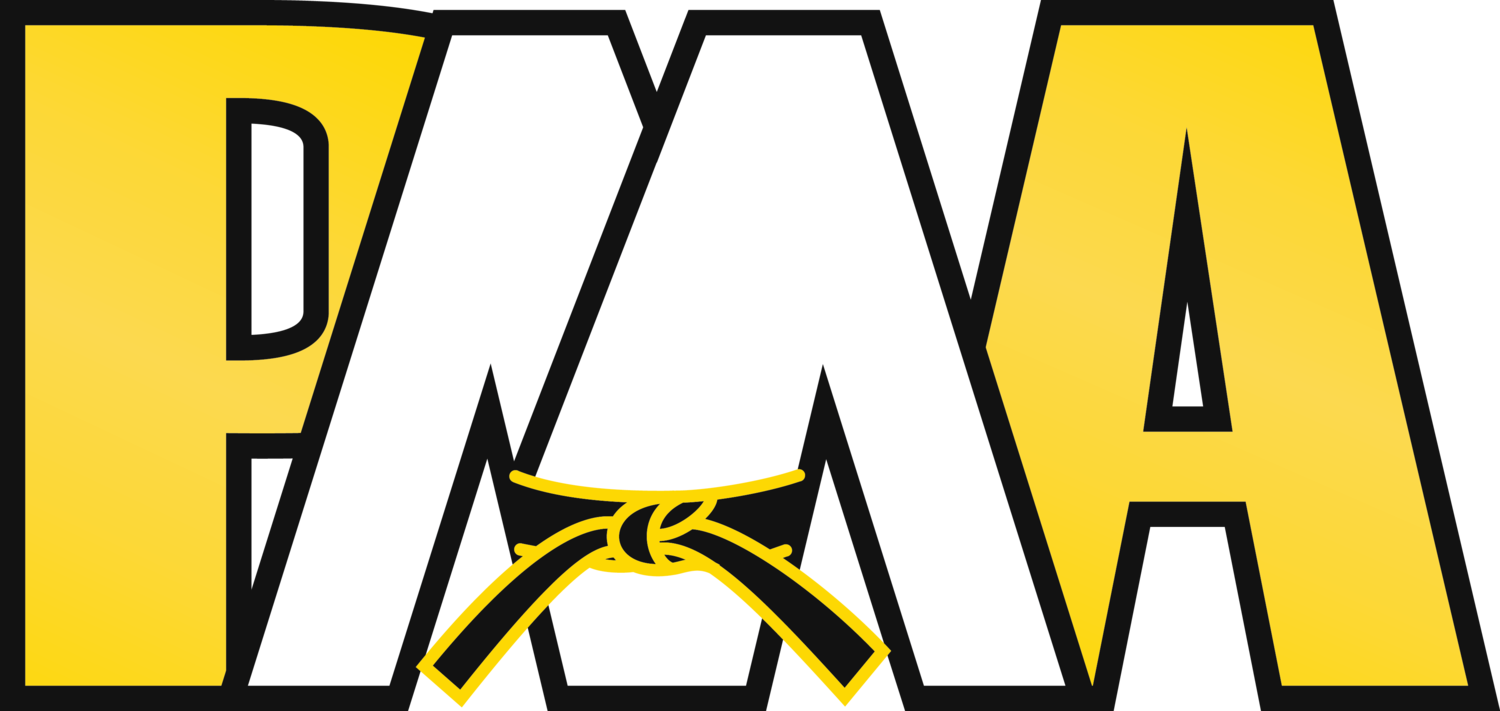I am training martial arts for all of the same reasons now that I listed on my application when I first signed up: self defense, I like to keep in shape, and I think it’s fun. All these reasons are over simplified as I now see, but they all still motivate me to train, just now in a more complex, deep way.
Had you asked me to write this a couple of years ago, I would have answered nearly the same as I am now: I feel empowered just being here at PMA, and empowered knowing that I am leading my own journey in self perfection. I feel strong in my abilities, a feeling I have never felt through any other outlet. I also feel confident and unique; this is something I am doing all by myself. Though I am part of a team, my journey is different. I am different.
Now that I’ve taken the Black Belt Test I can add more to this answer. The weekend I went through helped me not only find out who I wanted to be, but who I was, and how to accept that person. I’ve always had a self image problem. Through three days of sweat (gallons of it) and tears (not as much as sweat) and no make up (the longest I’ve gone in years) I felt totally cleansed and pure. I looked at my pale, beat up face and thought, “I am pretty. Not the make up.”
So in short, martial arts broke me down and gave me the ability to see myself at my deepest level, something I sadly couldn’t do myself. Martial arts makes people, not just warriors. I am forever indebted to my [Filkenjutsu] family.




